On the evening of Friday the 28th of September, the event known as PROBE took place in Front Square. Part of European Researchers’ Night, PROBE was described by organisers as “a free public pop-up festival showcasing the diverse range of academic research taking place in Dublin”. No event on Dublin research would be complete without representatives from Zoology and Botany, so Eco Evo spoke to some of the researchers bringing parasitology, fire ecology, and pollinators to the people of Dublin.
The Parasitology Group
By Gwendoline Deslyper
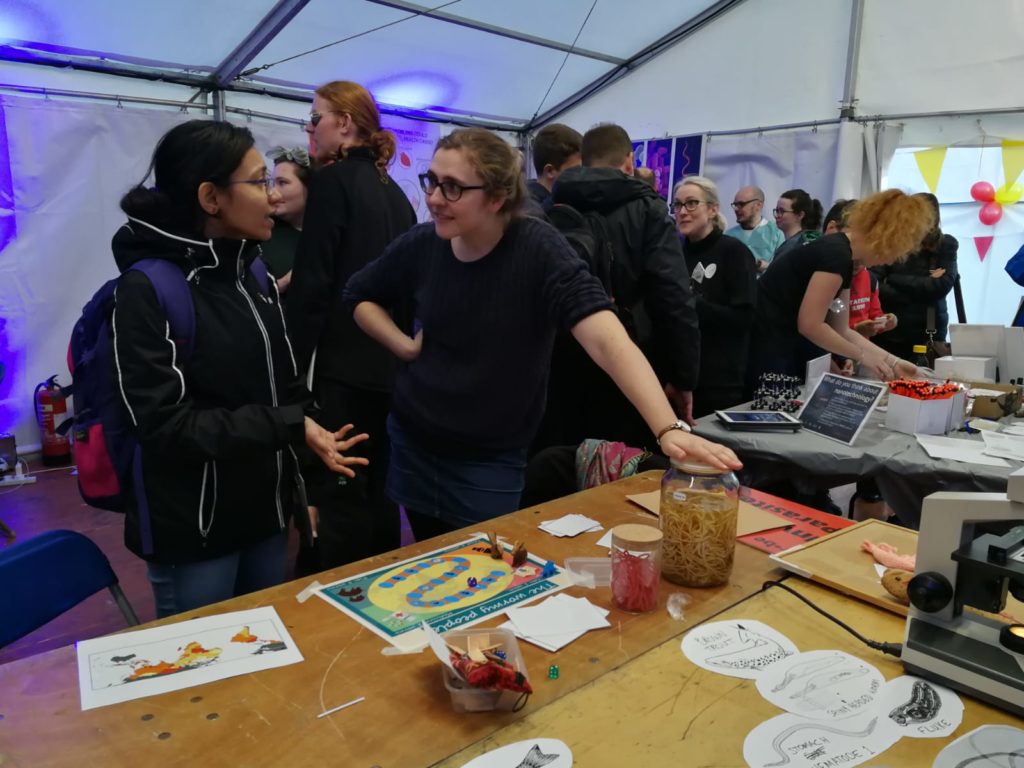
At last week’s Probe event, the parasitology group of the Zoology Department participated by showcasing their current projects.
Gwendoline Deslyper, who’s doing a PhD in the parasite lab, developed a game called ‘the wormy people’ in order to shine a light on the global burden of Ascaris, an intestinal parasite. The game, for ages from 5 to 99, involved answering questions about the biology of the parasite and its effect on global health. Gwen said: “The board game was a great tool to make people really think about the negative consequences of having a load of these worms in your guts. It also highlighted the risk factors associated with the disease, such as low socio-economic background, low maternal education, and lack of sanitary facilities.” The main attraction, however, of the ‘wormy people’ exhibit was the big jar of Ascaris parasites which was a source of both intrigue and disgust. “People are usually fascinated by the amount of parasites, their size, and their close resemblance to spaghetti. I don’t think many visitors will be having spaghetti or noodles in the next few days!”
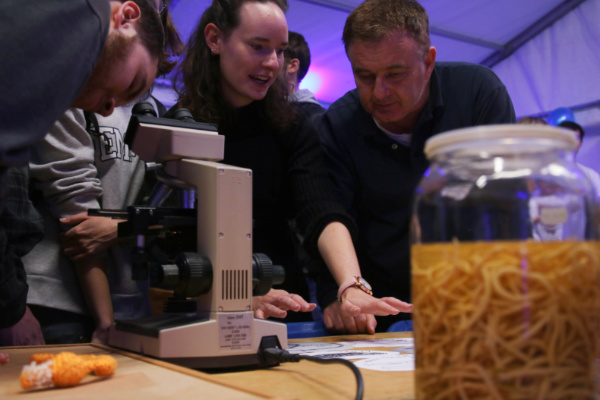
Jumping to fish, PhD student Paula Tierney’s research focuses on parasites in invasive fish: “Most people have never seen a helminth parasite in their lives, so my set-up introduced people to one of my favourite parasites and hopefully showed why parasites are cool, successful and important. I had a microscope set up with the head of a spiny-headed worm (acanthocephalan) parasite beside a ‘”line-up”‘ of a few pictures of parasites you find in freshwater fish in Ireland, and I was having people look down the microscope and pick the parasite they saw from the line-up. People were actually really good and most immediately figured out why they are called spiny-headed worms! I had the life cycle of the parasite represented in crochet and soft toys to explain how the parasite gets into the fish and what it does in the ecosystem. Back at the parasite line-up, I was talking to people about invasive species and asking why invasive species are so successful – if native species are evolved to suit their habitat then how are these newcomers so much better than them? With the pictures, I showed that invasive species usually lose their parasites in the process of translocation from one range to another, so this could be one secret to their success.”
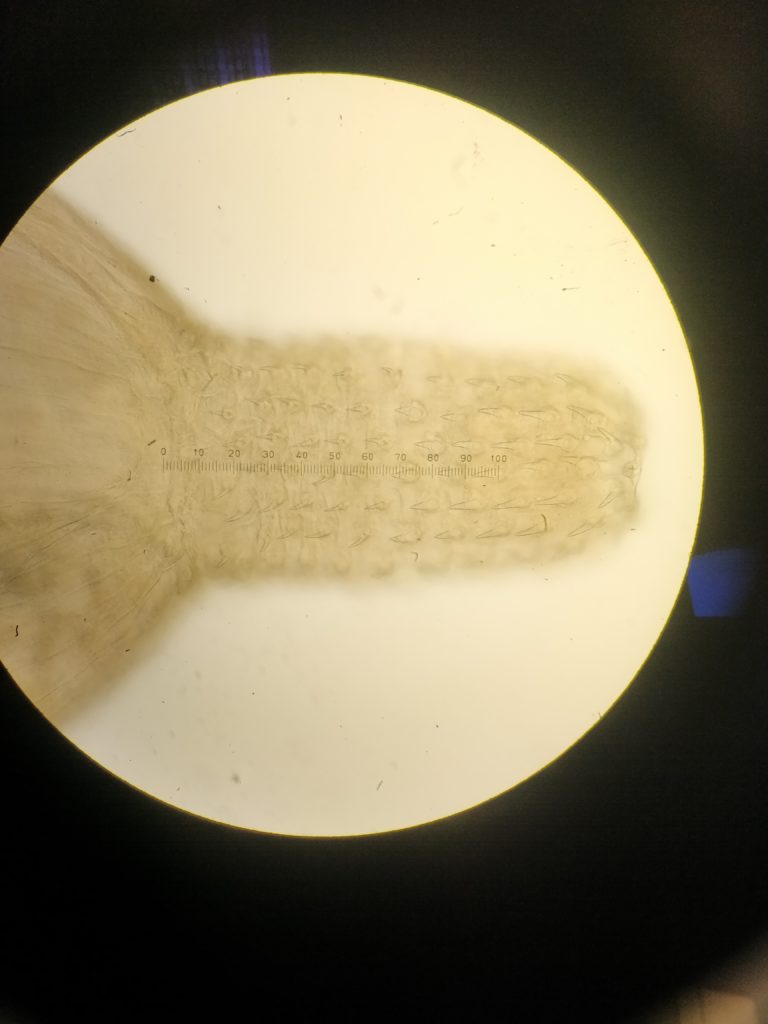
Dr. Peter Stuart, who is a Marie Skłodowska-Curie funded postdoc in the parasitology group, focuses on invasive parasites in bank voles: “Similar to Paula I conduct research on parasites in an invasion system. Where Paula conducts her research using a fish model, I use the Irish bioinvasion of bank vole. Few people are aware of this ongoing battle as the bank vole continues to steadily advance, now occupying approximately one third of Ireland after arriving in Limerick in the 1920s. I had large colour pictures of the bank vole and the native woodmice so people could see the differences between the two species. If few people know of the bank vole invasion, even fewer know of the hidden battle going on inside them with parasite invaders. I provided specimens of each of the helminths infecting bank voles and woodmice, so that people could easily see that the bank vole had to contend with much fewer parasite species than the native woodmouse. Some of the parasites have different stages of their life cycle in different hosts. One such parasite is the tapeworm parasite Hydatigera taeniaeformis, which forms cysts on livers of mice. If infected mice are eaten by predators, they can grow into the adult stage of their life cycle in them. I had some livers from wild mice found to be infected with these cysts. When people were interested, I dissected the parasite from the cyst, in the hope that slowly pulling the long worm from the relatively small cyst would be something everyone would remember.
One of my favourite stories of parasitology at Trinity College Dublin is how J.D Smyth enthused a young student in the field of parasitology by inviting him to join him in dissecting a fish, which he removed tapeworms from. The young student was W.C. Campbell who went on to win the Nobel Prize for his work in parasites. So whenever a child said “cool” instead of ”“gross”’, when watching parasites being pulled out from the liver, I thought ‘“another potential future Nobel laureate!”’
The Pollinator Group
By Cian White
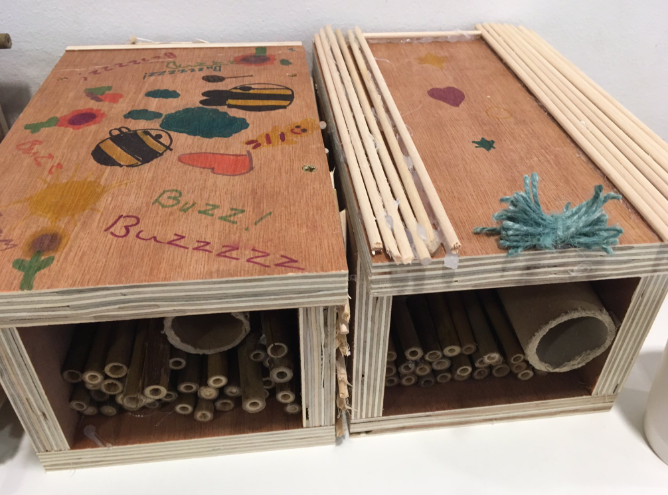
To kickstart the day, the Science Gallery welcomed 90 children from four different schools around Dublin to a hands-on workshop about pollinators. Prof. Jane Stout introduced the children to the amazing diversity of insect life (all 1.5 million species described so far) and was careful to remind them that spiders are not insects (why? ‘Cus they have 8 legs silly!). The children were quick to catch on though and in response to a question about why insects are special, hands shot up all over the room and in their eagerness, one shouted out ‘”Cus they can fly!”. Spot on, I think we have a recruit for the plant-animal interaction lab!

After retelling the story of the Hungry Caterpillar, illustrating that metamorphosis allows insects to occupy very different niches during their life (another reason why there are 1.5 million of them), Prof. Stout let them in on a little secret. Only a handful of bee species actually produce honey! Out of the 20,000 species of bee in the world! Gasps from the young audience, ‘There’s more than one species of bee?’. Recruit number 2. After showing the children how honey bees communicate to each other through dance (wish I could be a bee), it was onto the interactive part of the event. Three groups rotated around activities, from learning to dance like a bee, to live like a bee (making solitary bee hotels for the 15 Irish species who nest in cavities) and to eat like a bee (aka how dependent on pollinators is the food you eat?). My favourite reaction of the day: a girl finding out that the cocoa plant (where chocolate comes from) is pollinated by mosquitoes and swearing to never eat chocolate again. I wish her luck.
All in all it, was great fun and the children learned lots, and were genuinely enthusiastic about pollinators. Thanks to the trainee teachers from Marino, Irene and Elena for getting stuck in, Jane for being awesome and Anna for organising. For more information about Ireland’s 99 species of bee and 180 hoverfly species, check out pollinators.ie
The Fire Ecology Group
By Cian White

Next up was wildfire in Front Square. And I know what you’re thinking: “fire in Front Square? Never!”. But Dr Annabel Smith dreamed big and so it came to pass (dream big kids), with only a minor fight between two security guards about whether we had permission (we did), and the required safety precautions (ahem, 2 fire extinguishers and a watering can plus three trained fire putter outers). Still, the arguing security guards provided some entertainment as we warmed our hands on our lovely fire. The general public were much less frightened of the blaze, with a steady stream of interested and sometimes chilly public enquiring about the exhibit. The gist is that wildfires occur in many different environments, from the uplands of Ireland, to the Mediterranean regions of Europe and California, to the bush of Australia, and for different reasons, being started by humans or occurring naturally. To illustrate the different impacts wildfires can have on an ecosystem, Annabel had exposed seeds of Plantago lanceolata to varying degrees of heat (hey hey): none, 80°C and 120°C. P. lanceolata is not a fire-adapted plant, and so half the seeds exposed to 80° heat did not germinate, while only 2 germinated in the 120° treatment, leading to discussions of the genotype that allowed these individuals to do so. So wildfires in Ireland would remove most of this species from the ecosystem.

Indeed, Dr Ruth Kelly, a self-confessed “peatland enthusiast and wildfire studier”, has researched the impacts that wildfire has on Irish peatlands. The take home point being, they change the community and some species don’t recover, such as the carnivorous sundew plant Drosera rotundifolia. Having newly arrived home from a jaunt through California’s National Parks, I came loaded with pinecones from the biggest tree in the world, the Giant Redwood Sequoiadendron giganteum. This enormous tree is adapted to the fire regimes of the Sierra Nevada, a region burned by wildfires on a regular basis. Back in the 1950s the US National Park system extinguished all wildfires to protect the forest from burning. But they noticed that there was very little recruitment of young giant redwoods and so started to investigate why. Seemingly paradoxically, Giant Redwood seeds germinated best in places where the most severe burnings had occurred, and it was realised that periodic fires were needed for this tree to reproduce.
Having illustrated the context dependence of the impact wildfires have on ecosystems, we explained to our audience that with climate change and increasing human disturbance, wildfires are becoming more likely and responsible management of ecosystems is needed in the future.
Thanks to Annabel and Ruth for organising, Abigail for assisting, the members of the public for listening and asking questions, and the two security guards for providing entertainment on the night.
______________
About the Authors
Gwendoline Deslyper is a PhD student in the Department of Zoology, supervised by Prof Celia Holland. She is interested in neglected tropical diseases and the proteomics of infection. You can find out more about her research here:
Website | TCD Zoology Profile
Twitter | @DeslyperGwendo
The Holland Lab
Website | Cian WhitePlant Animal InteractionsUrban Ecology
Twitter | @Cian_De_Faoiche

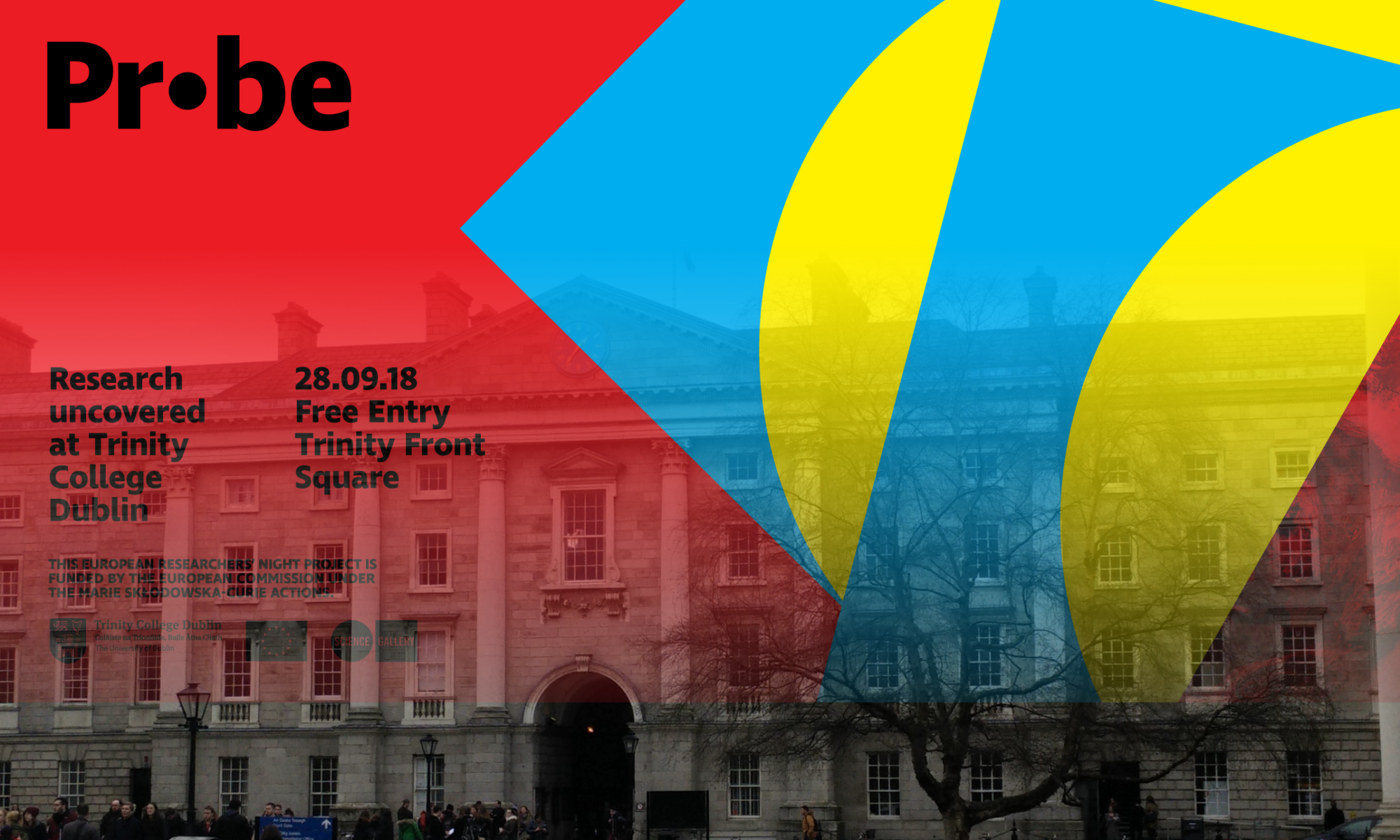
2 Replies to “From Worms to Wildfire: Natural Sciences at PROBE 2018”